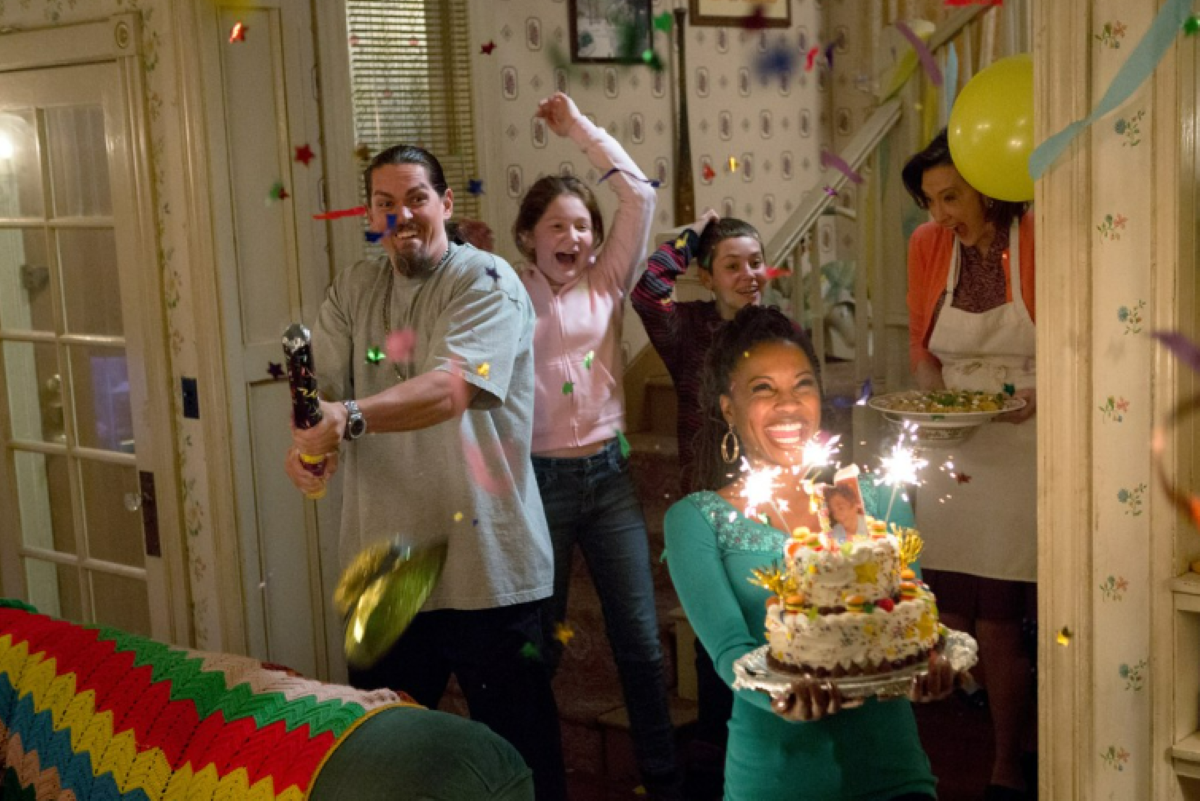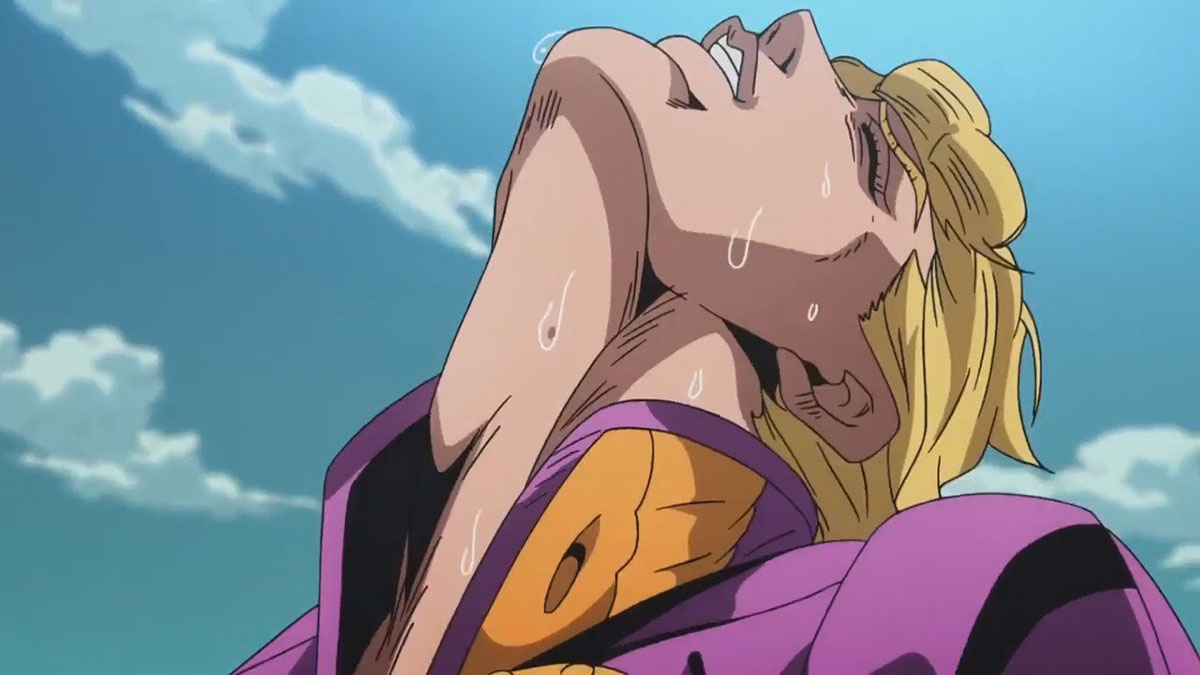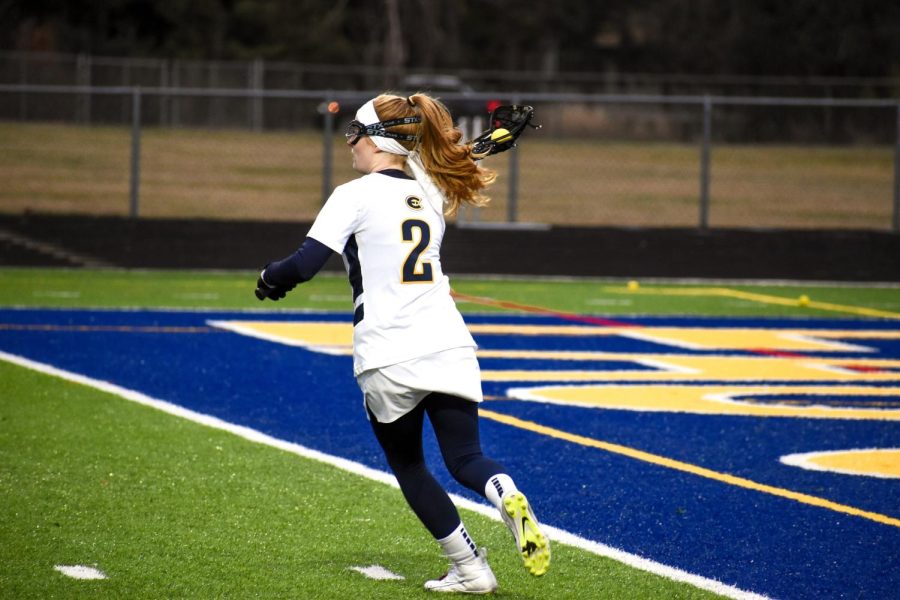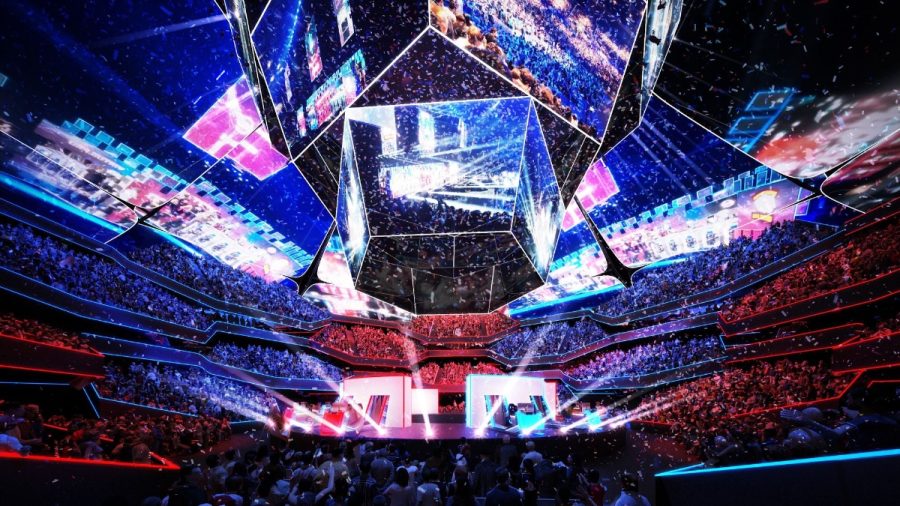Here’s something that not a lot of people think about when it comes to the majors: scouting.
I was having a heart-to-heart with my brother during spring break about baseball (including a small quarrel about whether we like the Orioles new little cartoon-y bird logo) and we got on the subject of scouting. It’s rather overlooked, we said, and it really can draw out how a team runs and where its strengths and weaknesses lie.
After all, it is the scouting crew who seeks out the players we loved and hated, currently have and will have in the upcoming years.
So for this week, I want to talk about scouting — after doing some basic “scouting” myself (punny!) into how it works, it’s something I feel you should know about to help broaden your understanding of baseball.
Scouts, in baseball, are often retired coaches or players who are trained to evaluate potential players (called “prospects”) based on what is needed by their organization. They are trained to look at how the prospects play (are they already good/do they need a lot of work?), how much payoff it could bring for the team and what needs should be filled for the team (do they need a catcher more than a pitcher, for example). Occasionally, more advanced scouts will watch the team they work for in order to look for team dynamic and playing styles and pick from there.
Scouts will then offer prospects contracts, help with negotiations and sign them on to minor league teams. Ta-da! They are there from start to finish, in reality.
Many say that former Cubs and Phillies scout Tony Lucadello was the best scout to ever work in the biz. He drafted a ridiculous amount of major league players, a few of whom became Hall of Famers.
According to author Mike Winegardner, Lucadello said there are four kinds of scouts: A ‘poor scout,’ who wastes time looking at games and doing nothing else. A ‘picker,’ who emphasizes a player’s one weakness and nothing more. A ‘performance scout’ bases their evaluation on what a player does in that moment. And ‘projectors’ – one of the rarest kinds of scouts – imagine what a player might be able to do in the future.
Winegardner also wrote that Lucadello estimated that 5 percent of scouts were poor, 5 percent pickers, 85 percent performance and 5 percent projectors.
Scouting is important because of the future. A poor scout can ruin a team, while a projector scout can save a team in ruins. But of course, the majority of scouts are performance scouts — so what they see is what they get. Which is unfortunate, in my opinion, because if a player has a bad stretch … no pros for him.
Bummer.
But here’s something my brother and I noticed too — different teams have different scouting “look-outs,” if you will: Baseball clubs and organizations are almost defined by their scout’s seeking style.
For example, some clubs will look for a pitcher who can throw a strong change-up as opposed to another team who may look more in-depth for a good fastball. When it comes to hitters, does a team want more power hitters with bulk or do they want guys who can hit and sprint?
These are the questions that define the weaknesses and strengths of a team — if a team doesn’t have a good pitching roster, don’t necessarily blame the pitching staff — blame the scouts. They might have picked crappy pitchers!
But then again, somewhere in time, the best players in the majors were also discovered by scouts. And for that, we owe them a big thank you.






